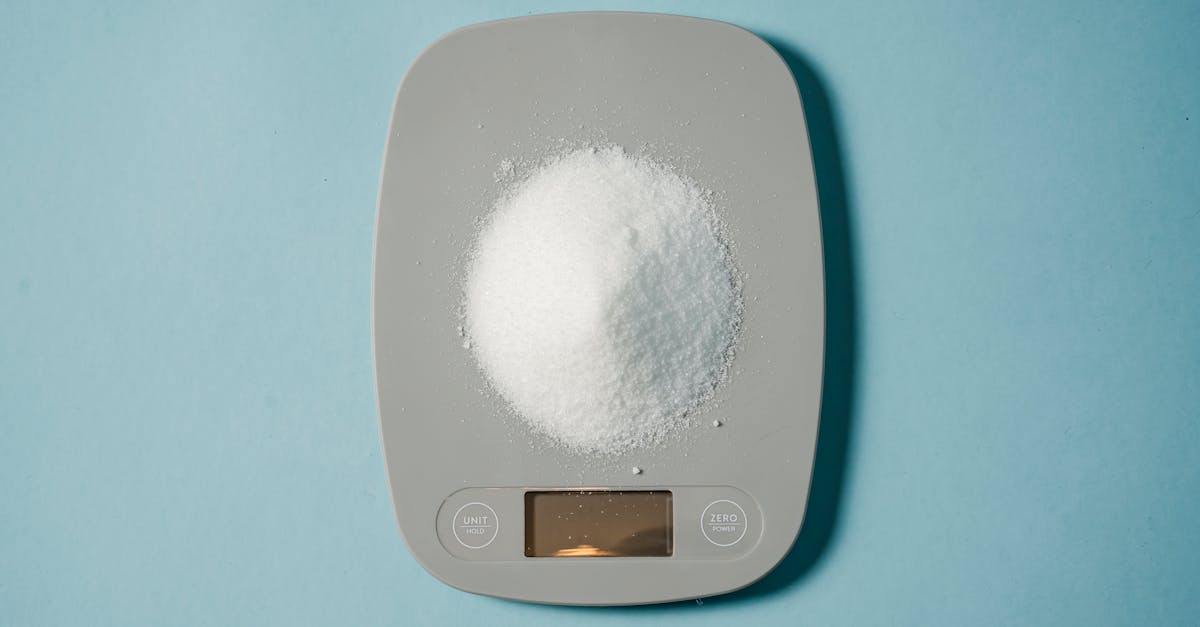
Table Of Contents
Dismantling the Plumbing
Dismantling the plumbing of a hot tub is a crucial step in the process of Hot Tub Removal. Begin by draining all the water from the tub and turning off the electricity supply. Next, locate the access panel where the plumbing connections are housed. Use appropriate tools like a wrench or pliers to disconnect the pipes carefully. It is essential to proceed cautiously to avoid damaging the plumbing or causing water leakage.
Once the plumbing connections are detached, carefully remove them from the hot tub. Inspect the pipes for any signs of damage or wear and tear. If any parts are in poor condition, it is advisable to replace them to ensure the proper functioning of the plumbing system when the hot tub is reassembled. Properly storing the plumbing parts will make the reassembly process smoother and more efficient.
Securing the Water Lines
Securing the water lines during the process of Hot Tub Removal is a crucial step to prevent any leakage or water damage. Begin by turning off the main water supply to the hot tub to ensure no more water enters the system. Once the water is disconnected, drain the remaining water in the lines using the appropriate valves and drainage outlets. Remember to have a bucket or a container to catch any excess water that may come out during this process.
After draining the water, carefully disconnect the water lines from the hot tub, making sure to label each line for easy reconnection if needed. Use adjustable wrenches to loosen the fittings and gently pull the lines away from the hot tub. It is essential to secure the loose ends of the water lines to prevent any water spillage or leaks. By following these steps, you can safeguard your property from potential water damage and ensure a smooth Hot Tub Removal process.
Disposing of the Hot Tub Parts
Disposing of the hot tub parts is a crucial step in the process of hot tub removal. First and foremost, make sure to separate the different components of the hot tub, such as the shell, plumbing, and electrical parts. This will ease the task of disposing of each material appropriately, as certain parts may require specific disposal methods to adhere to environmental regulations.
Consider recycling options for the hot tub parts whenever possible. Many components, such as the shell and plumbing materials, can be recycled instead of ending up in a landfill. Check with local recycling facilities or scrap yards to see if they accept hot tub materials for recycling. By opting for eco-friendly disposal methods, you can contribute to reducing waste and promoting sustainability in the Hot Tub Removal process.
Considering EcoFriendly Options
When it comes to eco-friendly options for hot tub removal, there are several considerations to keep in mind. One option is to recycle as many parts of the hot tub as possible. Materials like stainless steel, copper, and acrylic can often be recycled. Research local recycling facilities that accept these materials and properly dispose of them. By choosing recycling, you can reduce the environmental impact of hot tub removal.
Another eco-friendly option for hot tub removal is to consider repurposing certain parts. If any components of the hot tub are still in good condition, such as panels or fixtures, you could donate them to organizations or individuals who could make use of them in other projects. By repurposing usable parts, you not only divert waste from landfills but also contribute to sustainable practices in Hot Tub Removal.
Cleaning the Area
To ensure a thorough cleaning after completing the hot tub removal process, it is essential to pay close attention to the surrounding area. Begin by inspecting the entire space for any leftover debris or residue that may have accumulated during the dismantling. Utilize a broom and dustpan to sweep up any loose particles, making sure to check under and around the former hot tub location for any hidden dirt or grime.
Following this initial sweep, it is advisable to mop the area with a mild detergent solution to remove any lingering dirt or stains. Pay special attention to corners and edges where buildup may be present. By cleaning the area meticulously, you not only maintain a tidy space but also prepare the area for potential new features or landscaping opportunities after the hot tub removal process is complete.
Removing Debris and Residue
Once the hot tub has been dismantled, the process of removing debris and residue is essential to ensure a clean and safe environment. Start by meticulously clearing the area of any lingering debris, such as broken pieces of the tub, screws, nails, or any other remnants of the dismantling process. Utilize a broom and dustpan to gather up larger items, while a vacuum can help extract smaller particles that may have settled on the ground.
Next, focus on removing any residue left behind from the hot tub, such as water stains, mold, or mildew. Use appropriate cleaning solutions and tools to scrub and sanitize the area thoroughly. Pay close attention to corners, edges, and crevices where residue may accumulate, ensuring a comprehensive cleaning process. Hot Tub Removal is not complete until the area is spotless and free of any leftover debris or residue.
FAQS
Is it difficult to dismantle a hot tub by myself?
Dismantling a hot tub can be challenging, especially if you are not familiar with the process. It requires careful planning, tools, and some physical effort.
How long does it typically take to dismantle a hot tub?
The time it takes to dismantle a hot tub can vary depending on the size of the hot tub, your experience level, and the tools you have available. It can take anywhere from a few hours to a full day.
Can I recycle any parts of the hot tub after dismantling it?
Yes, many parts of a hot tub can be recycled, such as the metal components, plumbing fixtures, and some of the electrical components. Be sure to check with your local recycling center for guidelines.
What should I do with the water in the hot tub before dismantling it?
It is important to drain the water from the hot tub before starting the dismantling process. You can use a submersible pump or a siphon to remove the water.
Are there any safety precautions I should take while dismantling a hot tub?
Yes, it is important to wear appropriate safety gear such as gloves and goggles to protect yourself from sharp edges, chemicals, and debris. Additionally, make sure to turn off the power supply to the hot tub before starting the dismantling process.




